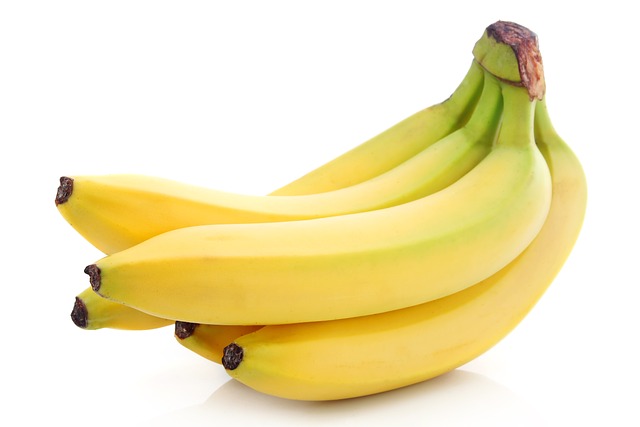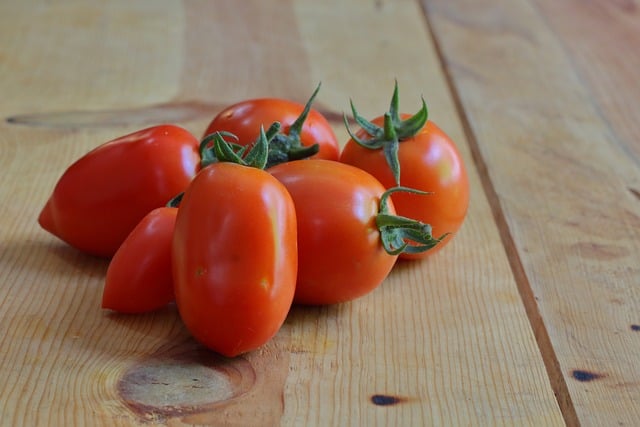Fiber is a vital ingredient that has a critical function in preserving digestive health, controlling blood sugar levels, and inducing sensations of satiety. Although the significance of fiber is widely recognized, it can be difficult to include a sufficient amount of cost-effective, high-fiber foods in one’s diet. Nevertheless, there exist a multitude of cost-effective alternatives that might assist you in fulfilling your daily dietary fiber requirements. Below is a list of 20 affordable high-fiber foods to consider:
- Beans: Beans, such as black beans, kidney beans, and chickpeas, are an excellent source of fiber, providing around 15 grams per cooked cup. They are also a great source of plant-based protein and are very affordable, especially when purchased dried in bulk.
- Lentils: Lentils are another budget-friendly legume that is high in fiber, with about 16 grams per cooked cup. They are versatile and can be used in soups, stews, and vegetarian dishes.
- Oats: Oats are a whole grain that is rich in soluble fiber, with about 4 grams per cooked cup. They are inexpensive and can be enjoyed as oatmeal, used in baking, or added to smoothies.
- Whole Wheat Bread: Whole wheat bread is higher in fiber than white bread, with about 3 grams per slice. Look for whole wheat bread that lists “whole wheat flour” as the first ingredient.
- Broccoli: Broccoli is a nutrient-dense vegetable that is high in fiber, with about 5 grams per cooked cup. It is often affordable and can be enjoyed raw, steamed, or roasted.
- Raspberries: Raspberries are a delicious fruit that is high in fiber, with about 8 grams per cup. They are often more affordable when purchased frozen.
- Pears: Pears are a fiber-rich fruit, with about 6 grams of fiber in a medium pear. They are often inexpensive and can be enjoyed fresh or canned (in water or juice, not syrup).
- Chia Seeds: Chia seeds are a superfood that is high in fiber, with about 10 grams per ounce. They are affordable when purchased in bulk and can be added to smoothies, yogurt, or baked goods.
- Popcorn: Air-popped popcorn is a whole grain snack that is high in fiber, with about 3 grams per 3-cup serving. It is inexpensive and can be enjoyed as a healthy alternative to chips.
- Whole Wheat Pasta: Whole wheat pasta is higher in fiber than regular pasta, with about 6 grams per cooked cup. It is affordable and can be used in a variety of dishes.
- Carrots: Carrots are a budget-friendly vegetable that is high in fiber, with about 3 grams per medium carrot. They can be enjoyed raw, cooked, or juiced.
- Apples: Apples are a fiber-rich fruit, with about 4 grams of fiber in a medium apple. They are often affordable and can be enjoyed fresh, baked, or juiced.
- Pumpkin: Canned pumpkin is a budget-friendly ingredient that is high in fiber, with about 7 grams per cup. It can be used in soups, stews, and baked goods.
- Avocado: Avocados are a nutrient-dense fruit that is high in fiber, with about 13 grams in a medium avocado. While they may be more expensive than some other fruits and vegetables, they are still an affordable option that can be used in a variety of dishes.
- Sweet Potatoes: Sweet potatoes are a budget-friendly vegetable that is high in fiber, with about 4 grams in a medium sweet potato. They can be baked, roasted, or used in soups and stews.
- Barley: Barley is a whole grain that is high in fiber, with about 6 grams per cooked cup. It is affordable and can be used in soups, stews, and pilafs.
- Artichokes: Artichokes are a fiber-rich vegetable, with about 10 grams of fiber in a medium artichoke. While they may be more expensive than some other vegetables, they are still an affordable option that can be enjoyed steamed or in dips.
- Figs: Dried figs are a fiber-rich snack, with about 5 grams of fiber per ounce. They are affordable and can be enjoyed on their own or added to salads and baked goods.
- Brussels Sprouts: Brussels sprouts are a budget-friendly vegetable that is high in fiber, with about 4 grams per cooked cup. They can be roasted, sautéed, or added to soups and stews.
- Whole Wheat Crackers: Whole wheat crackers are a high-fiber snack, with about 3 grams per serving. Look for crackers that list “whole wheat flour” as the first ingredient and avoid those with added sugars or unhealthy fats.
By include these cost-effective sources of dietary fiber in your meals, you can fulfill your daily fiber requirements without exceeding your financial constraints. Ensure a moderate escalation of your fiber consumption and maintain adequate hydration to prevent any gastrointestinal discomfort. Seek guidance from a healthcare practitioner to receive tailored advice regarding your daily fiber consumption, taking into account factors such as your age, gender, and overall health condition.


Pingback: Who Should Avoid the Mediterranean Diet? - Wellness Readers Digest
Pingback: Ketogenic vs. Low-Sugar Diet: Understanding Their Distinct Metabolic Effects and Fat Loss Benefits - Wellness Readers Digest
Pingback: Are All Fats Bad? Understanding the Role of Good and Bad Fats for Your Health - Wellness Readers Digest
Pingback: Surge in Obesity-Related Heart Disease Deaths in the U.S.: A Call for Urgent Action - Wellness Readers Digest
Pingback: Morning Workouts: Benefits, Routines, and Tips for Every Lifestyle - Wellness Readers Digest
Pingback: Everything You Need to Know About Nutritional Supplements: Benefits, Examples, and Tips - Wellness Readers Digest
Pingback: Diet and Exercise Guide to Prevent, Manage and Treat Type 2 Diabetes - Wellness Readers Digest
Pingback: How to Read and Calculate Calories from Food Labels: A Comprehensive Guide - Wellness Readers Digest
Pingback: Why Is Eating Healthy So Expensive? The Truth Behind the Cost of Nutritious Food - Wellness Readers Digest